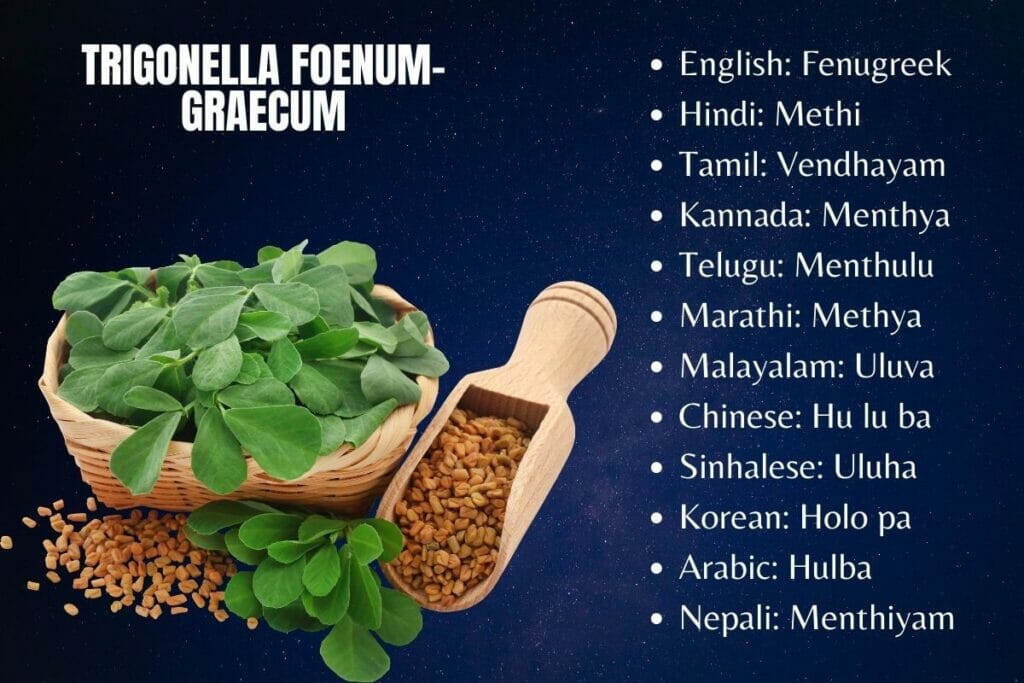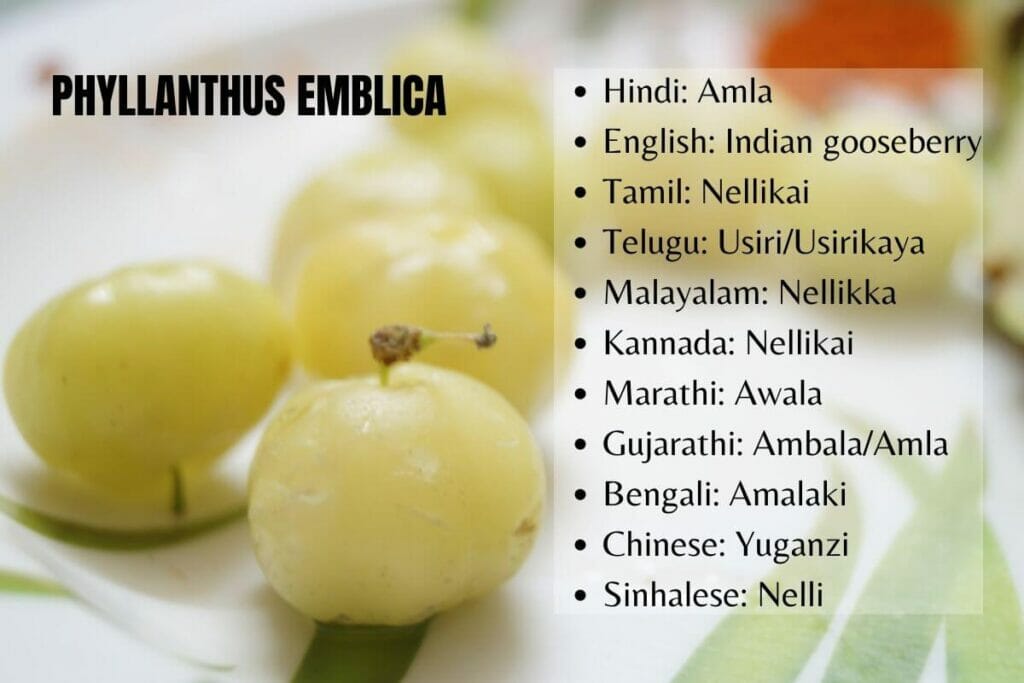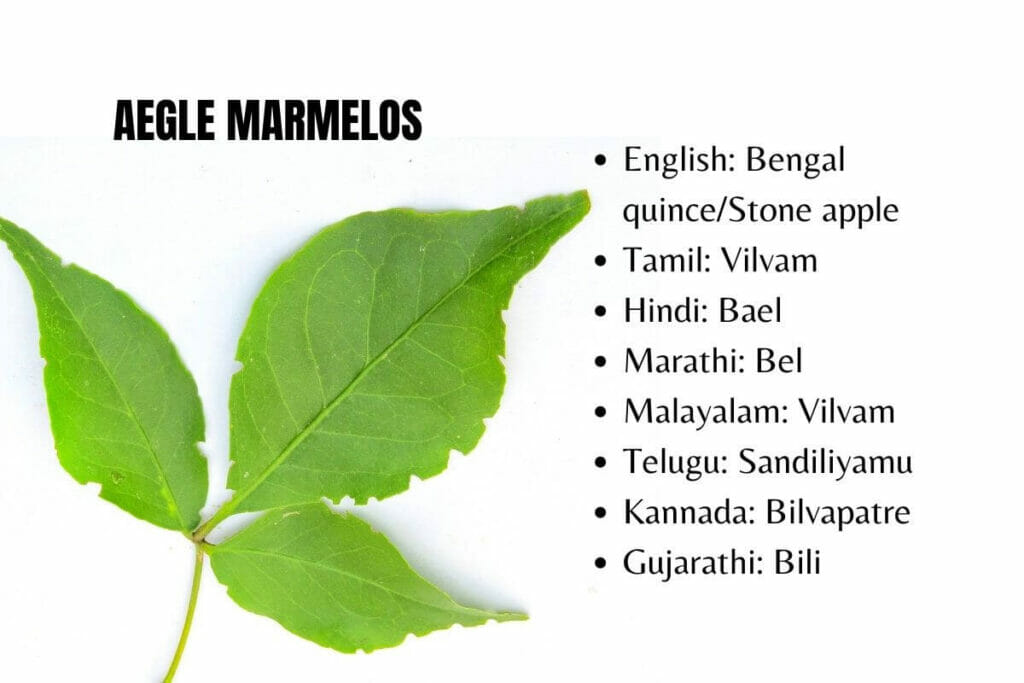It is nothing new that Diabetes Mellitus is a lifestyle disease and is a dreadful one too. Why is it dreadful? Because once affected, if you do not educate yourself on managing the condition, it would manifest itself into several other problems, including diabetic retinopathy, neuropathy, hypertension, heart diseases, chronic kidney disease, etc. Our focus is always on bringing natural remedies and cure to our readers. So, here, in this article, we have listed the herbs/plants/spices effective in managing diabetes and how you use these natural home remedies at home.
We will start with a caution note: (a detailed account of necessary precautions is provided at the end of the article):
The natural remedies mentioned in the article help manage diabetes by either lowering blood glucose or decreasing insulin resistance. So, if you already have diabetes and are on diabetic medications, consult your doctor before trying out the remedies to avoid complications with low blood levels.
Also Read: Is Reversing Diabetes Possible? George King Says Yes
Now, over to the natural remedies to tackle diabetes:
1. Senna auriculata
The beautiful yellow flowers from the herb are effective in boosting insulin levels and hence help regulate blood sugar levels in diabetes patients naturally. Also, its efficacy has been established through modern research studies, and it has been used in the Siddha medicine system as well.

Usage:
If you can find the plant in your neighbourhood, you can procure fresh flowers. Wash the petals well and boil them in water for about 5 minutes. Discard the petals, and your anti-diabetic tea is ready to consume. If you can’t procure fresh flowers, look for dried flowers or dried flower powder available in health food stores to make diabetes-friendly tea. Steep a teaspoon full of the store-bought powder in boiling water for 5 minutes to make the tea.
2. Gymnema Sylvestre
Known as “Gurmar” in the Hindi language, meaning “destroyer of sugar”, it is an effective home remedy to manage diabetes. Traditionally, the leaves of the herb have been used for treating digestion-related issues, malaria, diabetes and even snake bites.

Usage:
Consuming a teaspoon of Gurmar leaf powder with a glass of water half an hour after a meal helps regulate blood sugar levels. Alternatively, can you procure fresh leaves? Then, boil a few in water for about 5 minutes, strain the liquid, and your tea is ready to consume. The remedy also has the potential to help reduce cravings for sweet foods, thereby enabling sustainable diabetes management.
3. Neem (Azadirachta indica)
Neem effectively controls the blood sugar level spikes due to flavonoids, triterpenoid, glycosides and hence neem is a valuable component of your diabetes management plan.

Usage:
You can boil up to 20 neem leaves in water till you find the water turn to greenish colour, filter and drink. But we must warn you, and it can be quite bitter; so, be prepared for it.
To make it relatively palatable, you can blend in healthful ingredients such as ginger, mint leaves, black pepper and even a pinch of salt with the neem water. You may also add Giloy/Guduchi (Tinospora Cordifolia) powder to the mix to increase its efficacy in controlling blood sugar spikes.
4. Trigonella foenum-graecum (Fenugreek)
Fenugreek seeds are rich in fibre, thus helping slow down the digestion process and regulating carbohydrate and sugar absorption. Regular consumption can help regulate blood sugar levels effectively, as shown by research studies.

Usage:
Soak a spoonful of fenugreek seeds in a glass of water overnight. Mash the soaked seeds, filter and drink every day first thing in the morning. You can also soak the seeds or powder in hot water and drink it as tea.
5. Phyllanthus Emblica (Amla)
Amla, aka Indian gooseberry, is a highly potent herb used in ancient medicine systems such as Ayurveda to treat several conditions, including diabetes.

Usage:
Mix a pinch of turmeric powder in 2 tablespoons of amla juice and drink it in the morning to naturally regulate your blood sugar levels.
Amla juice is easy to prepare at home, and you can stock up the fruits in the fridge and use one or two every day to make it. All you need to do is remove the seeds, blend them with a glass of water, and then strain to make the juice.
If you do not have access to fresh amla, try and find amla powder (devoid of any additives), prepare a simple tea by mixing it with hot water and drink it up.
And of course, to make our lives easier, readymade amla juice is available in stores nowadays. If opting for it, make sure it doesn’t contain unwanted additives. However, check the label for ingredients. Similarly, readymade amla candies are available too. But most such preparations tend to come coated with sugar which would defeat the purpose of managing diabetes here.
You Might Also Like:
- Amla – A Humble Fruit With Miraculous Medicinal Benefits
- Triphala: An exhaustive list of uses and benefits
6. Momordica charantia (Bitter Gourd)
Bitter gourds are an amazing natural home remedy for diabetes and prediabetes. They contain active ingredients with anti-diabetic properties such as charantin. It is also known to have a compound called polypeptide-p, which acts like insulin that aids in glucose into the cells to produce energy.

Usage:
You can consume bitter gourd juice in the morning. To prepare the juice, deseed a small bitter gourd, chop and blend it with a glass of water. But, it can be quite bitter. So, dilute it with more water and add a few drops of lemon juice or a pinch of salt to make it easier to consume. You can also use bitter gourd as a part of your diet regularly in the form of savoury vegetable dishes. It would be best if you opted for oil-free recipes to keep it diabetic-friendly.
7. Abelmoschus esculentus (Okra)
Studies show Okra possess anti-diabetic properties due to its high fibre content. Foods high in fibre take longer to breakdown and digest and hence are beneficial for people with diabetes or prediabetes.

Usage:
You can easily prepare vegetable dishes using lady’s fingers and enjoy managing your blood sugar levels. An easier alternative is okra water. Wash 2-3 lady’s fingers well under running water and cut the thick ends. Slice up lengthwise and soak in a glass of water overnight. Discard okra pieces and drink the water first thing in the morning.
Also Read: Seven Super Effective Home Remedies For External And Internal Hemorrhoids
8. Eugenia jambolana (Jamun)
Eugenia jambolana, commonly known as Jamun, can be eaten regularly to keep blood sugar levels in check. Its seeds are also rich in alkaloids known to have hypoglycemic effects. Hence, the seeds are also a potent home remedy for diabetes.

Usage:
You can mix a teaspoon of the jamun seed powder in a glass of water. Consume it on an empty stomach in the morning. Here is how you can prepare the Jamun seed powder at home. Wash the Jamun fruit and deseed them. Spread out the seeds in a clean cloth and allow them to dry in the sun. Once dry, remove the outer shell and sundry the core again. Once it is dry, grind it to a coarse powder and store it in an airtight container. And, as mentioned earlier, you can regularly eat the fruit for insulin efficiency.
9. Aegle marmelos (Vilvam/Bael)
The herb Aegle marmelos, commonly known as bael in Hindi and vilvam in Tamil, can repair the damaged pancreatic cells and rejuvenate them. Hence, regular consumption of bael can be an excellent home remedy to manage your diabetes.

Usage:
You can simply chew on a few bael leaves or blend with water and consume as juice to control blood sugar levels. It is also available in the form of tablets in Siddha medicine, typically combined with other herbal ingredients beneficial for diabetes mellitus treatment. If you opt for this option, follow the dosage instructions in the package.
A final word on diabetes management with natural remedies
Though diabetes cannot be completely cured, it can be managed effectively without affecting your quality of life considerably with the right plan in place. Following a diabetes-friendly routine in terms of lifestyle aspects such as diet, exercise, stress management, and adopting measures to regulate the blood sugar levels with the foods/herbs/spices mentioned above can go a long way in avoiding diabetes-related complications. Quitting smoking and avoiding alcohol consumption is also known to help.
Things to remember while using diabetes remedies
Word of caution:
Since all of the above are powerful ways to lower blood sugar levels naturally, it is crucial not to try all of it together, especially if you are already on diabetes medication. It could potentially lead to low blood sugar levels, which have their own set of complications. So, do exercise caution in this regard. You can try them one at a time and plan a regimen to incorporate them according to your blood sugar levels and needs.
Also, if you are under medication for any other health condition, it is essential to make sure the herbal remedies do not pose a drug interaction risk. For example, senna auriculata may interfere with carbamazepine (carbamazepine), typically used to treat pain associated with neuropathy, epilepsy, schizophrenia, and bipolar disorder.
Furthermore, most such herbs and spices are available in supplement form owing to their numerous health benefits. If you opt for those, make sure you follow the dosage instructions. Besides, it is best you consult a dietician/expert to make informed decisions.
Have you or anyone you know successfully managed diabetes using either of the herbs mentioned in the article or any other remedies? We would love to hear about your experience. You can mail us a write-up, and we will be happy to publish your story!!
Images: canva.com
